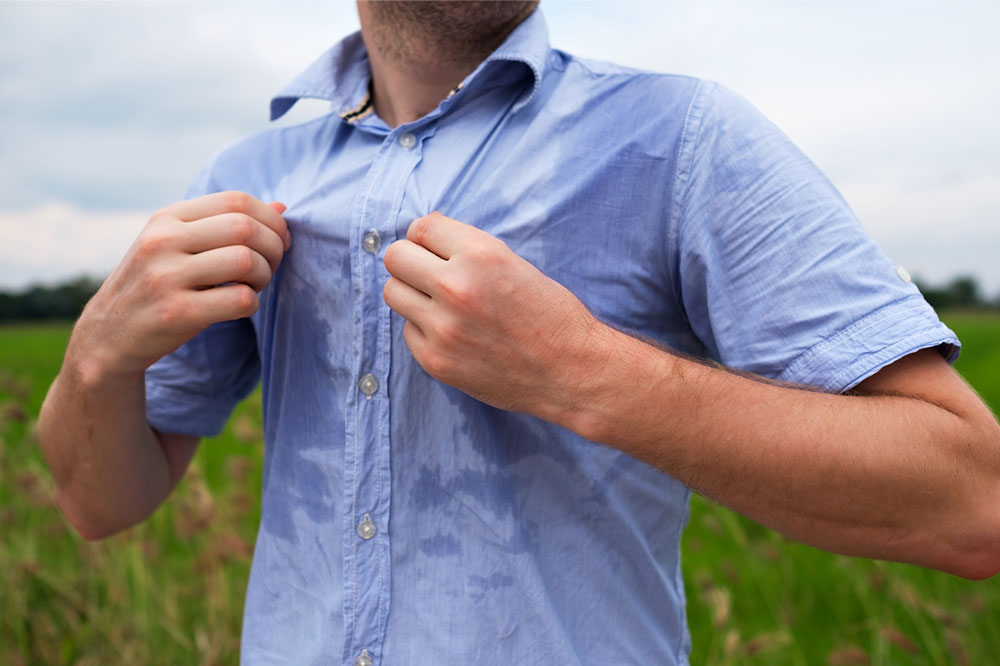
Hyperhidrosis – Warning Signs and Diagnostic Methods
Hyperhidrosis is a medical plight that causes excess sweating, influencing daily life. The condition not only affects physically but also leads to social isolation and emotional distress among people. People suffering from the condition have fewer sweat glands and oversensitive sympathetic nerve that leads to heavy sweatin g. It mainly affects the hands, feet, armpits, and face. Here are the symptoms and diagnosis methods adopted to identify hyperhidrosis.
Symptoms
1. Prolonged sweating
Heavy sweating that has been bothering for more than six months without any significant reason can be hyperhidrosis. Additionally, if the symptoms even appear once a week, the possibility of hyperhidrosis can’t be ignored.
2. Sweating equally along both sides
Hyperhidrosis also pertains to sweating equally across both sides of the body and approximately the same amount.
3. Sweating at a young age
If excess sweating is experienced before the age of 25, it can be a possible case of hyperhidrosis.
4. Genetics
People may also suffer from hyperhidrosis if the condition exists in family history.
5. Not sweating during the night
The sweating linked to hyperhidrosis mostly takes place during the daytime or when the person is awake and ceases while sleeping.
Diagnosis methods
1. Lab tests
The condition of heavy sweating can be identified by performing urine, blood as well as other tests. These tests help recognize if any underlying medical problem like hyperthyroidism or hyperglycemia is leading to excess sweating.
2. Physical examination
Doctors may also diagnose the problem of hyperhidrosis by performing a physical examination of the patient and taking note of the patient’s history.
3. Thermoregulatory sweat test
This type of test pertains to the application of moisture-sensitive powder along the body. Heavy sweating occurring at room temperature causes a change in the color of the powder. Furthermore, the patient is subjected to extreme heat and humidity along with a sweat cabinet that stimulates sweating along the whole body. The patients who suffer from the condition tend to have extreme sweating along with the palms. This test even helps medical practitioners to identify the severity of the problem.
4. Vapometer
The test conducted by the device calculates the transepidermal loss of water and the amount of sweat made by the underarms, hands, feet, and scalp. Calculating the amount of sweat released provides the doctors a logical means to compare the total of sweat released before and after treatment.
5. Starch-iodine test
This form of the test involves the application of iodine along the sweaty area. After that, starch is spread along the area after iodine dries out. When the starch displays dark blue color, it symbolizes excess sweating.
In conclusion, excess sweating can cause disturbance in various aspects of life. Identifying the symptoms of heavy sweating at the earliest and diagnosing it with proper tests can aid in keeping the problem under control.



